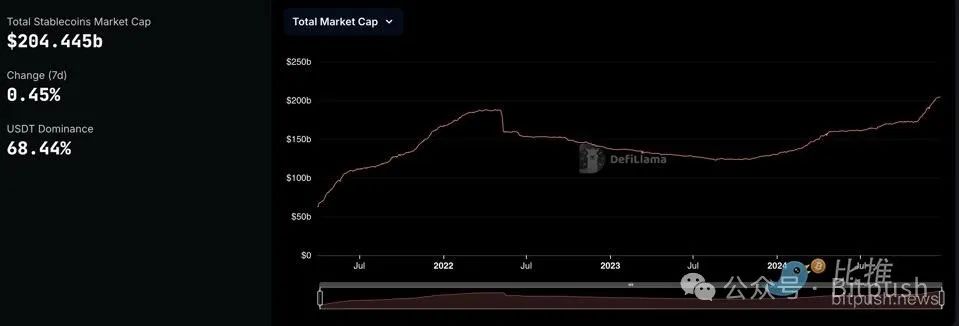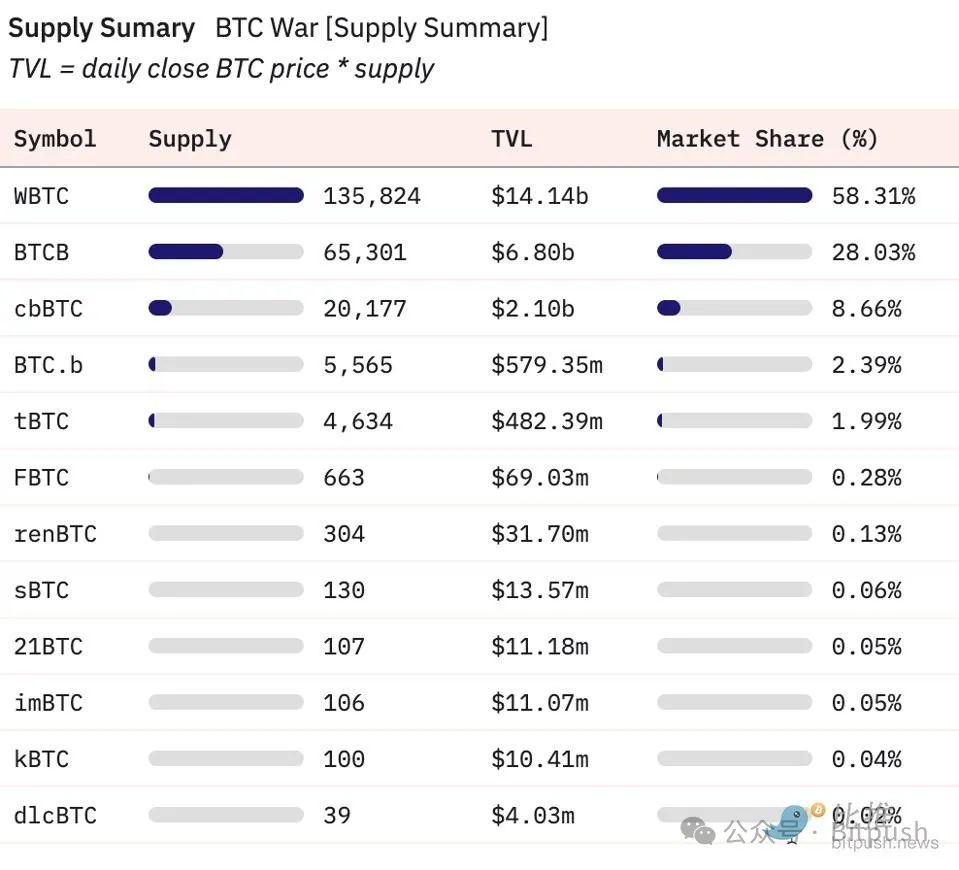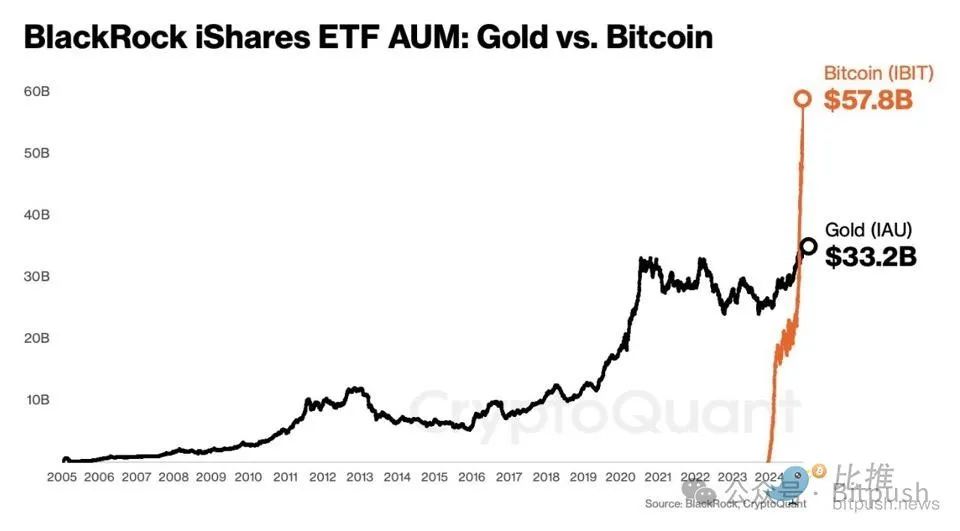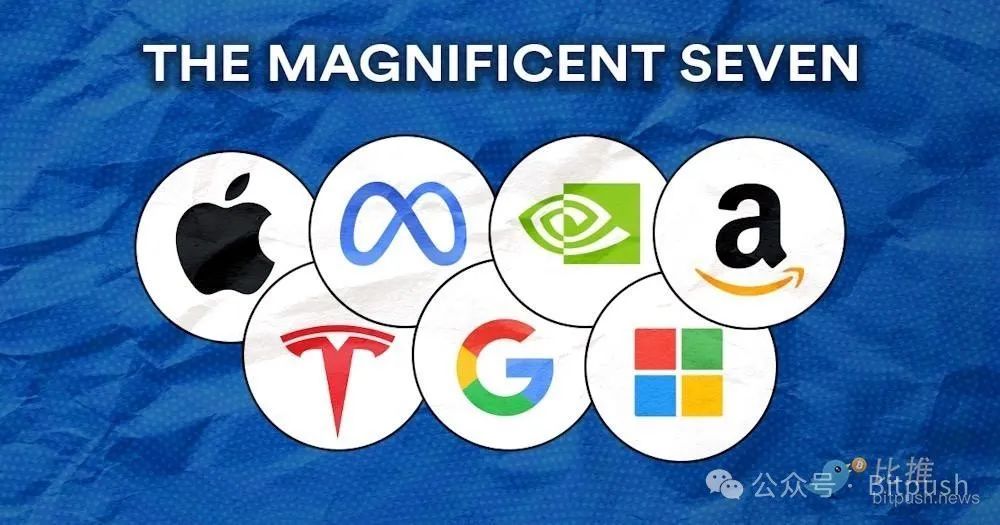Forbes’ 7 major predictions for encryption in 2025: More major countries will deploy Bitcoin reserves, and the total market value of encryption exceeds 8 trillion US dollars

Reprinted from panewslab
12/25/2024·4MSource: Forbes
Author: Leeor Shimron
Compiled by: BitpushNews
2024 marks a historic turning point for Bitcoin and the broader cryptocurrency ecosystem. This year, the first Bitcoin and Ethereum ETFs came to market, marking true institutional adoption. Bitcoin surpassed the $100,000 mark for the first time, while stablecoins continue to consolidate the dollar's global dominance. To further fuel this momentum, the winning US presidential candidate made support for Bitcoin a central pillar of his campaign.
Collectively, these milestones solidify 2024 as the year the crypto industry proves itself to be an unstoppable force on the global stage. As the industry shifts its focus to 2025, here are seven predictions of the big events that could happen next year.
1) One of the major countries in the G7 or BRICS will establish and
declare a strategic Bitcoin reserve

The Trump administration’s proposal to establish a Strategic Bitcoin Reserve (SBR) for the United States has sparked a lot of debate and speculation. While adding Bitcoin to the U.S. Treasury’s balance sheet would require considerable political will and congressional approval, simply proposing the initiative would have far-reaching consequences.
By signaling the possibility of SBR, the United States is effectively inviting other major countries to consider similar initiatives. Game theory suggests that these countries may be incentivized to take preemptive action, possibly securing a strategic advantage in diversifying their national reserves before the United States does. Bitcoin’s limited supply and its emerging role as a digital store of value may increase the urgency for countries to act quickly.
Now, a "who is first" race is taking place to see which major country will take the lead in incorporating Bitcoin into its national reserves, holding Bitcoin like gold, foreign exchange and national debt for asset diversification. This move will not only consolidate Bitcoin's status as a global reserve asset, but may also reshape the landscape of international finance and have a profound impact on the economic and geopolitical power structure. The establishment of strategic Bitcoin reserves by any major economy could mark the beginning of a new era of sovereign wealth management.
2) Stablecoins will continue to grow, doubling to over $400 billion

Stablecoins have become one of the most successful mainstream use cases for cryptocurrencies, bridging the traditional finance and cryptocurrency ecosystems. Millions of people around the world use stablecoins for remittances, daily transactions, and to hedge against fluctuations in local currencies by leveraging the relative stability of the U.S. dollar.
The circulation of stablecoins will reach an all-time high in 2024, reaching $200 billion, with market leaders being Tether and Circle. These digital currencies rely on blockchain networks such as Ethereum, Solana, and Tron to facilitate seamless, borderless transactions.
Looking ahead, stablecoin growth is expected to accelerate in 2025, possibly doubling to over $400 billion. This growth will be fueled by the passage of stablecoin-specific legislation, which could provide much-needed regulatory clarity and spur innovation in the industry. U.S. regulators increasingly recognize the strategic importance of stablecoins in strengthening the U.S. dollar’s global dominance and cementing its status as the world’s reserve currency.
3) Bitcoin DeFi powered by L2 will become a major growth trend
Bitcoin is transcending its role as a store of value, with layer 2 (L2) networks such as Stacks, BOB, Babylon, CoreDAO and others unlocking the potential of the booming Bitcoin DeFi ecosystem. These L2s enhance Bitcoin’s scalability and programmability, allowing decentralized finance (DeFi) applications to thrive on the most secure and decentralized blockchain.
2024 is a year of transformation for Stacks, with the launch of Nakamoto upgraded version and sBTC. The Nakamoto upgrade allows Stacks to inherit 100% Bitcoin certainty and introduce faster block speeds, significantly improving the user experience. Meanwhile, the launch of trustless Bitcoin-pegged asset sBTC in December enables seamless participation in DeFi activities such as lending, swapping and staking – all built on the security of Bitcoin.
Previously, Bitcoin holders seeking DeFi opportunities were forced to move their Bitcoin to other networks such as Ethereum. This process relies on centralized custodians such as WBTC (BitGo), BTCB (Binance), and cbBTC (Coinbase), exposing users to centralization and censorship risks. Bitcoin L2 reduces these risks and provides a more decentralized alternative that allows Bitcoin to run natively within its own ecosystem.
Looking forward to 2025, Bitcoin DeFi will grow exponentially. I predict that the total value locked (TVL) on Bitcoin L2 will exceed the $24 billion currently represented by encapsulated Bitcoin derivatives, accounting for approximately 1.2% of the total Bitcoin supply. As the market value of Bitcoin reaches US$2 trillion, the L2 network will enable users to unlock this huge potential value more safely and efficiently, consolidating Bitcoin's position as the cornerstone of decentralized finance.

4) Bitcoin ETFs will continue to proliferate, and new cryptocurrency-focused ETFs will emerge
The launch of the Spot Bitcoin ETF marks a historic milestone, becoming the most successful ETF debut in history. These ETFs attracted more than $108 billion in assets under management (AUM) in their first year, demonstrating unparalleled demand from retail and institutional investors. Major players such as BlackRock, Fidelity and Ark Invest have played a key role in bringing regulated Bitcoin exposure to traditional financial markets, setting the stage for an innovative wave of cryptocurrency-focused ETFs.

Following the success of the Bitcoin ETF, the Ethereum ETF has also been launched, providing investors with the opportunity to invest in the second largest cryptocurrency by market capitalization. Going forward, I expect staking to be integrated into Ethereum ETFs for the first time in 2025. This feature will enable investors to earn staking rewards, further enhancing the appeal and utility of these funds.
ETFs for other crypto protocols such as Solana, known for its high-performance blockchain, thriving DeFi ecosystem, and rapid growth in gaming, NFTs, and memecoins, are expected to launch soon.
Additionally, we may see the launch of weighted crypto index ETFs designed to provide diversification into the broader crypto market. These indices may include top-performing assets such as Bitcoin, Ethereum, Solana, and emerging protocols, providing investors with a balanced portfolio that captures the growth potential of the entire ecosystem. Innovations like this will make crypto investing more accessible, more efficient, and attractive to a broad range of investors, further driving capital into the space.
5) In addition to Tesla, another company in the “Magnificent Seven” will
also add Bitcoin to its balance sheet
The U.S. Financial Accounting Standards Board (FASB) has introduced fair value accounting rules for cryptocurrencies, effective for fiscal years beginning after December 15, 2024. These new standards require companies to report their holdings of cryptocurrencies such as Bitcoin at fair market value, capturing gains and losses from market fluctuations in real time.
Previously, digital assets were classified as intangible assets, which forced companies to write down impaired assets while prohibiting the recognition of unrealized gains. This conservative approach often underestimates the true value of the crypto assets on a company’s balance sheet. The new rules address these limitations, making financial reporting more accurate and making cryptocurrencies a more attractive asset for company finances.

The Big Seven — Apple, Microsoft, Google, Amazon, Nvidia, Tesla, and Meta — collectively have more than $600 billion in cash reserves, which gives them significant flexibility to allocate some of their capital to Bitcoin . As accounting frameworks strengthen and regulatory transparency increases, there is a good chance that one of these tech giants, in addition to Tesla, will add Bitcoin to its balance sheet.
This move will demonstrate prudent financial management:
- Hedging against inflation: Preventing fiat currencies from devaluing.
- Diversified Reserve: Add a limited set of uncorrelated digital assets to their portfolio.
- Capitalize on Appreciation Potential: Take advantage of Bitcoin’s long history of growth.
- Strengthen technology leadership: Align with an innovation-driven ethos by embracing digital transformation.
As new accounting rules take effect and corporate finances adapt, Bitcoin could become a key reserve asset for the world's largest technology companies, further legitimizing their role in the global financial system.
6) The total market value of cryptocurrency will exceed US$8 trillion
In 2024, the total cryptocurrency market capitalization soared to an all-time high of $3.8 trillion, covering a wide range of use cases, including Bitcoin as a store of value, stablecoins, DeFi, NFTs, meme coins, GameFi, SocialFi, etc. This explosive growth reflects the growing influence of the industry and the increasing adoption of blockchain-based solutions across different industries.
The influx of developer talent into the crypto ecosystem is expected to accelerate through 2025, driving the creation of new applications that will achieve product-market fit and attract millions of additional users. This wave of innovation could lead to breakthrough decentralized applications (dApps) in areas such as artificial intelligence (AI), decentralized finance (DeFi), decentralized physical infrastructure networks (DePIN), and others still in their infancy emerging areas of the stage.
These transformative dApps provide tangible utility and solve real-world problems and will drive increased adoption and economic activity within the ecosystem. As the user base expands and capital flows into the space, asset prices will rise as well, pushing overall market capitalization to unprecedented heights. Riding on this momentum, the cryptocurrency market is expected to exceed $8 trillion, marking continued growth and innovation in the industry.
7) The resurgence of crypto startups, the United States will once again
become a global crypto power
The U.S. crypto industry is on the verge of a transformative renaissance. U.S. Securities and Exchange Commission Chairman Gary Gensler’s controversial “enforcement and regulation” approach, which has stifled innovation and forced many crypto startups to move overseas, will end with his departure in January. His successor, Paul Atkins, brought a completely different perspective. A former SEC commissioner (2002-2008), Atkins is known for his pro-crypto stance, support for deregulation, and leadership in initiatives such as pro-crypto advocacy group Token Alliance. His approach promises a more collaborative regulatory framework that promotes innovation rather than stifles it.
The end of “Operation Chokepoint 2.0,” a secretive program to limit cryptocurrency startups’ access to the U.S. banking system, set the stage for a crypto renaissance. By restoring fair access to banking infrastructure, the United States is creating an environment where blockchain developers and entrepreneurs can thrive without undue restrictions.
Regulatory Clarity: A shift in SEC leadership and balanced regulatory policies will reduce uncertainty for startups and create a more predictable environment for innovation.
Access to capital and resources: As banking barriers are removed, cryptocurrency companies will have easier access to capital markets and traditional financial services to achieve sustainable growth.
Talent and Entrepreneurship: Reduced regulatory hostility is expected to attract top blockchain developers and entrepreneurs back to the United States, revitalizing the ecosystem.
Increased regulatory transparency and renewed support for innovation will also lead to a significant increase in token issuance within the United States. Startups will have the ability to issue tokens as part of their fundraising and ecosystem-building efforts without fear of regulatory backlash. These tokens, which include utility tokens for decentralized applications and governance tokens for protocols, will attract domestic and foreign capital while encouraging participation in U.S. projects.
in conclusion
Looking ahead to 2025, it is clear that the crypto industry is entering a new era of growth and maturity. With Bitcoin cementing its status as a global reserve asset, the rise of ETFs, and the exponential growth of DeFi and stablecoins, the foundation for widespread adoption and mainstream attention is being laid.
Supported by clearer regulations and groundbreaking technologies, the crypto ecosystem is set to push boundaries and shape the future of global finance. These predictions highlight a year full of potential, as the industry continues to prove itself to be an unstoppable force.


 jinse
jinse

 chaincatcher
chaincatcher